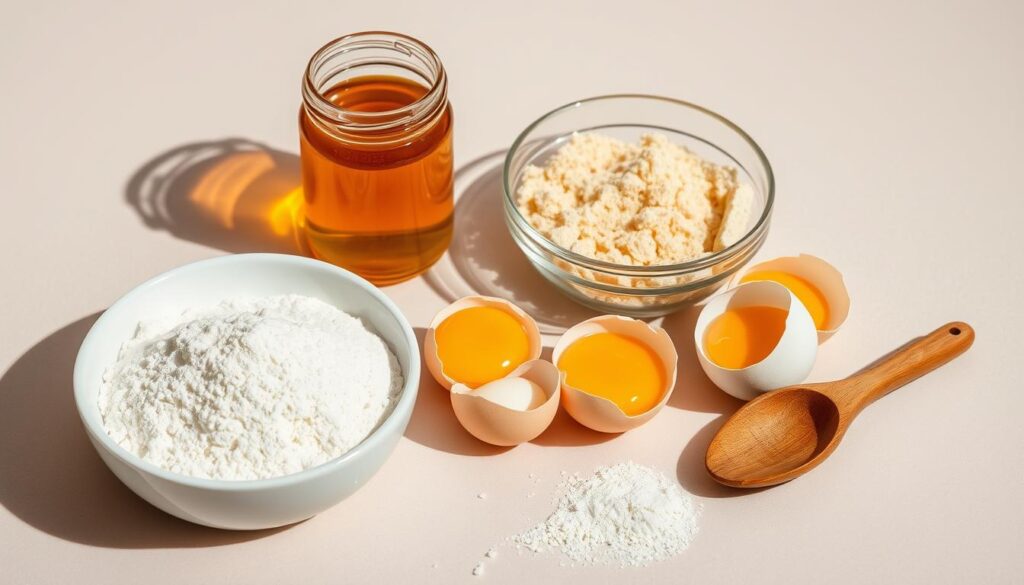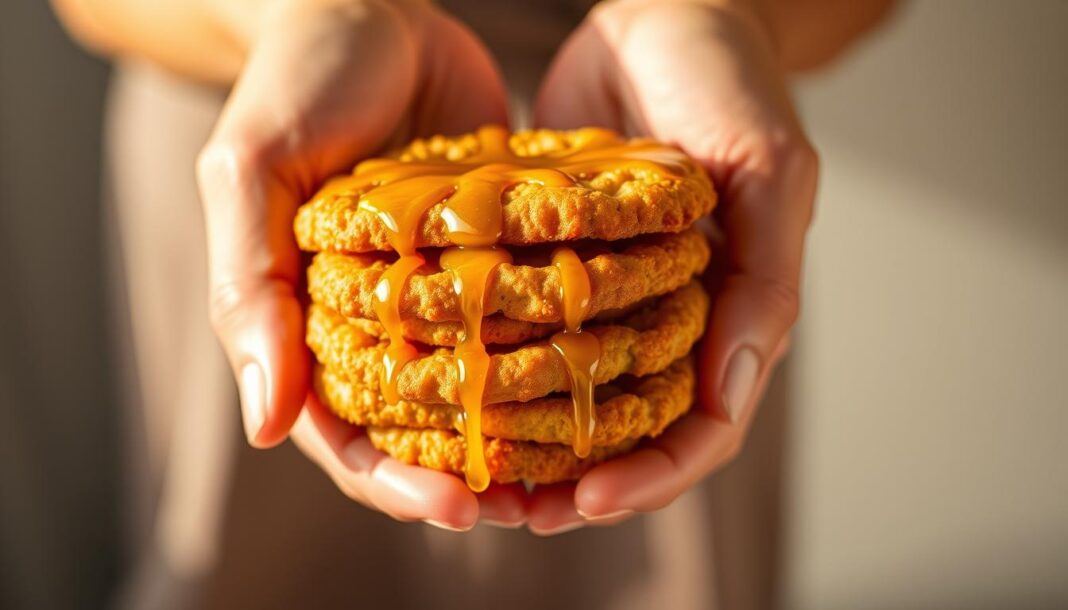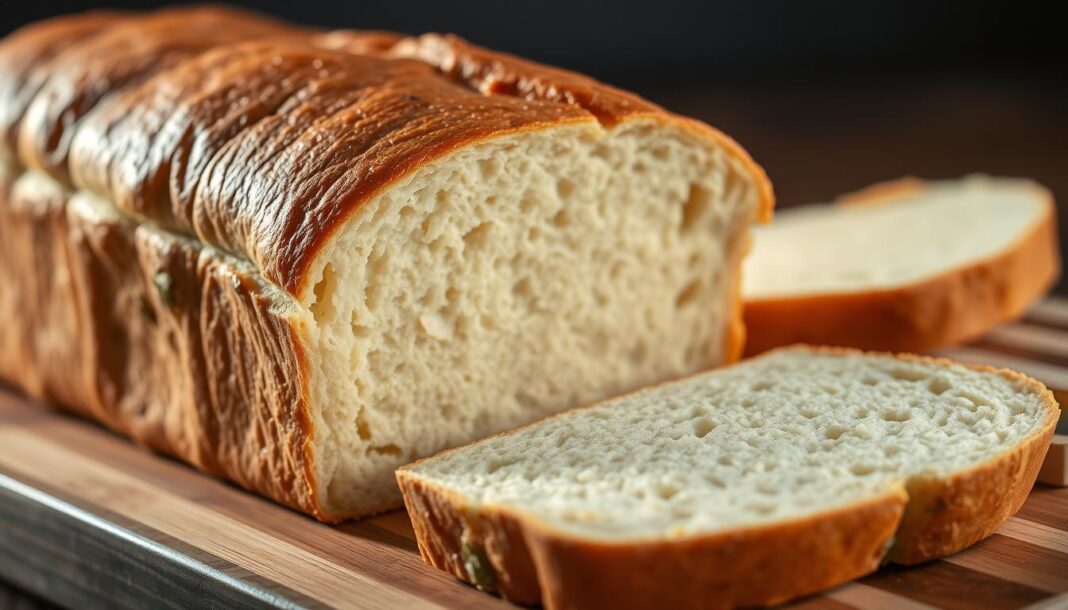Imagine a sweet treat that combines the crunch of fried dough with the richness of honey syrup, a delight that has captured the hearts of food enthusiasts and fans of the hit series Game of Thrones. We’re excited to share our tested recipe for honey fingers, a delightful snack with ancient origins that has gained renewed popularity thanks to its mention in George R.R. Martin’s “A Song of Ice and Fire” series.
These crunchy-on-the-outside, chewy-on-the-inside pastries represent a fascinating intersection of culinary history and modern food culture. Our recipe balances traditional techniques with accessible ingredients, allowing you to recreate this special treat in your own kitchen.
Key Takeaways
- Discover the ancient origins of honey fingers and their connection to culinary history.
- Learn how to make honey fingers with our tested and precise recipe.
- Understand the cultural significance of honey fingers in modern times.
- Explore the balance of traditional techniques and accessible ingredients in our recipe.
- Recreate this special treat in your own kitchen with ease.
The Sweet History of Honey Fingers
The story of honey fingers is a fascinating journey through time, from ancient culinary practices to modern pop culture phenomena. This sweet treat has captivated taste buds across different cultures and continents.
From Ancient Rome to Game of Thrones
Honey fingers have their roots in ancient Rome, where a similar recipe was documented in the 4th-century cookbook by Apicius. The recipe involved mixing honey with other ingredients, frying the mixture, and then soaking it in honey again. This ancient dessert has traveled through time and was notably featured in Game of Thrones as a Tyroshi treat, highlighting its appeal across different places and cultures.
- The ancient Roman recipe demonstrates the long-standing value of honey as a sweetener and preservative.
- Game of Thrones author George R.R. Martin cleverly incorporated honey fingers into his world-building, linking them to Tyrosh, a fictional place inspired by Mediterranean and Middle Eastern cultures known for honey-soaked pastries.

What Makes Honey Fingers Special
Honey fingers represent a significant part of culinary tradition, connecting us to our shared human history. What makes them special is their remarkable resilience as a food concept—the basic technique has remained largely unchanged for nearly two millennia. They exemplify how certain flavor combinations, like sweet honey with fried dough, represent fundamental things that appeal to human taste preferences across cultures and time periods.
By exploring the history of honey fingers, we gain insight into the evolution of culinary practices and the enduring appeal of simple, sweet treats.
Ingredients for Perfect Honey Fingers
To make perfect honey fingers, it’s essential to start with the right ingredients. The quality of the ingredients directly affects the taste, texture, and overall experience of this sweet treat.
We’ve carefully tested various ingredient combinations to perfect our recipe. The ingredients are divided into two main categories: those for the sweet honey syrup and those for the crispy dough.
For the Sweet Honey Syrup
The honey syrup is a crucial component of honey fingers, providing the signature sweetness and aroma. To make it, you’ll need:
- 1 cup sugar (golden caster)
- 1 cup water
- 1 cup honey
- 1 tbsp. of fresh grated ginger
- A pinch of salt
- 1 tbsp lemon juice
- 1 cinnamon stick
The combination of honey, sugar, and water creates the ideal consistency, while the addition of cinnamon and ginger introduces complexity to the syrup, balancing out the sweetness.

For the Crispy Dough
For the dough, you’ll need:
- 2 cups cake flour (or plain)
- 2 1/2 tsp of baking powder
- A pinch of salt
- 2 tbsp of cold butter
- 1/4 cup whole milk
- 1/4 cup water
- 1 tsp lemon juice
- Oil for frying
It’s crucial to use cake flour for a tender result, although all-purpose flour works well for a slightly chewier bite. The milk in the dough contributes to both flavor and texture, creating a richer taste than water alone would provide.
When combining the wet ingredients, be sure not to mix the lemon juice into the milk and water, as it can curdle and separate.
How to Make Honey Fingers at Home
The art of making honey fingers involves preparing a sweet honey syrup and crafting the perfect dough, both of which are crucial to the final product. To achieve the characteristic taste and texture, we need to follow a multi-step process that requires attention to detail and some patience.
Preparing the Honey Syrup
We begin by preparing the honey syrup a day ahead. To do this, we combine honey, sugar, water, and spices in a pan over medium heat, bringing the mixture to a boil. Once boiling, we cover the pan with a lid and cook for 1 minute. Then, we uncover and simmer for 5 minutes, allowing the flavors to infuse properly without reducing the mixture too much. After cooling, we refrigerate the syrup overnight to allow it to thicken.
Making and Shaping the Dough
For the dough, we start by combining dry ingredients, including flour, and rubbing in cold butter until the mixture resembles breadcrumbs. This “rubbing in” method creates pockets of fat that contribute to the texture of the honey fingers when fried. We then make a well, add the wet ingredients, and mix until a dough forms. Kneading the dough for 5 minutes until it becomes smooth and elastic is crucial. After kneading, we let the dough rest, covered, for 2 hours. This resting period allows the gluten strands to relax, making the dough more pliable and easier to shape.
Once the dough has rested, we roll it out to a consistent 1/4 inch thickness. We then cut it into 1/2 inch wide strips and braid three strips together to form 4-6 inch plaited honey fingers. This braiding not only creates the traditional shape but also increases the surface area for maximum honey absorption.
Frying and Soaking Process
To fry the honey fingers, we heat oil in a pan over medium heat to around 350°F (175°C). We fry the pastries for about a minute per side until they are golden brown. Immediately after frying, we submerge the honey fingers in the cold honey syrup. The temperature difference creates a sizzling effect that helps the dough absorb the syrup. Finally, we place the honey fingers on a rack to drain excess syrup.

| Step | Description | Key Ingredients |
|---|---|---|
| 1 | Prepare honey syrup | Honey, sugar, water, spices |
| 2 | Make and shape dough | Flour, butter, wet ingredients |
| 3 | Fry and soak honey fingers | Oil, honey syrup |
Serving Your Homemade Honey Fingers
Now that you’ve mastered the art of making honey fingers, it’s time to explore the various ways to serve them.Serve them freshto enjoy the perfect contrast between the warm, crisp exterior and the sweet, syrupy interior. For an added touch, consider arranging the honey-soakedstripson a decorative plate and sprinkling crushednutslike pistachios or walnuts on top. This not only enhances the visual appeal but also adds a delightful textural contrast.
In many Middle Eastern and Mediterraneanplaces, similar honey-soaked pastries are a staple at celebratory meals. By bringing this tradition into yourhome, you connect with rich culinary histories. You can also experiment with serving honey fingers alongside other dishes, such as sweet pumpkin soup or with a glass of coldmilkto balance the sweetness.
For a themed treat, fans of the “Ice and Fire” series might enjoy honey fingers with other foods mentioned in the books. You can also serve smaller portions withporridgeor yogurt for breakfast or brunch. The key is to have fun and be creative with your serving choices. With this recipe, the possibilities are endless, and you can adapt it to suit any occasion or taste preference.


